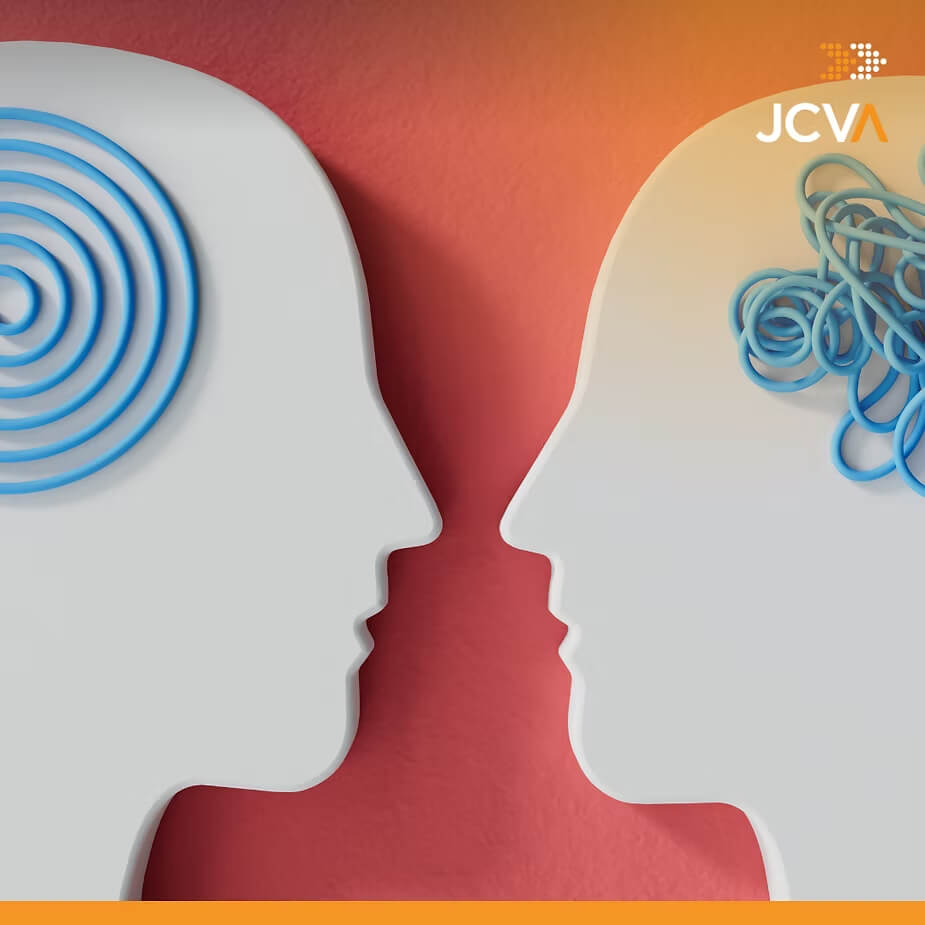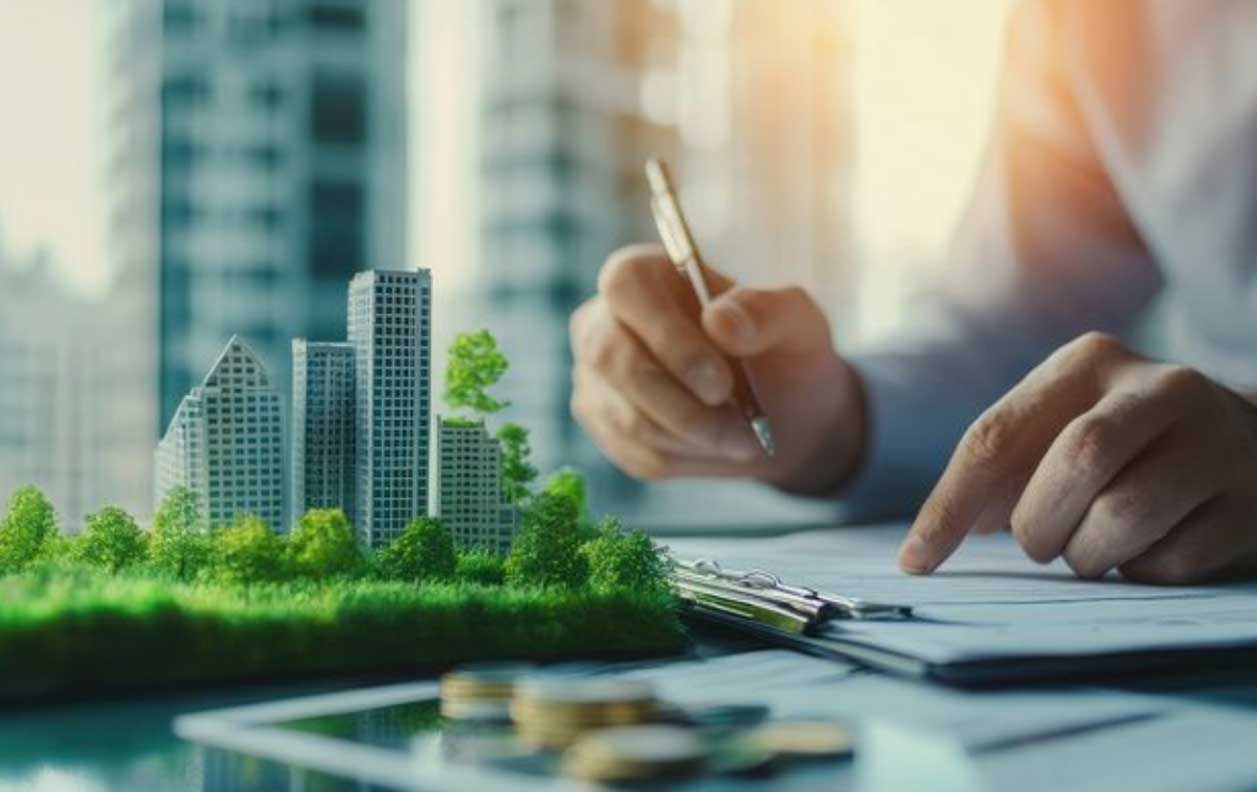
Our very essence as human beings is shaped by an intricate blend of our genetic makeup and the environment we grew up in. The genetic aspects of human psychology are usually the ones that are studied, but what about the structures we live in or casually stroll past each day?
Interestingly, the design of architecture can significantly influence our thoughts, emotions, and actions. This stems from a new area of study called architectural psychology, often seen as a subset of environmental psychology. This field looks deeper into the dynamic relationship between people and the architectural practices of construction management firms.
Let’s take a closer look at how these factors affect each other and why construction consultancy firms should also focus on these details when building businesses.
Exposure to white light, especially natural daylight, regulates our circadian rhythms, which are crucial for maintaining a healthy sleep-wake cycle. A study by Boubekri and colleagues (2015) provided significant insights into the relationship between white light exposure and mental health, particularly in workplace settings. They found that office workers exposed to white light during their working hours benefited from an average of 46 minutes of additional sleep each night but also experienced improvements in their overall mental health.
Moreover, the quality of light we are exposed to during the day can impact our stress levels. Natural light, or white light that closely mimics natural sunlight has been found to reduce stress and anxiety, making it an essential consideration in workplace design. You can boost your employees’ physical and mental well-being and enhance productivity and workplace satisfaction by advising your trusted construction and design team to focus on good lighting when creating the space.
Blue light, part of the visible light spectrum, is known for its ability to boost attention, reaction times, and mood. One university study revealed that individuals exposed to light enriched with blue wavelengths experienced heightened feelings of happiness and alertness. The study’s findings suggest that exposure to blue-enriched light can positively impact emotional well-being and cognitive performance.
This light exposure, especially in the morning, can help regulate the body’s circadian rhythm, improving sleep patterns and increasing daytime alertness. Additionally, blue light has been linked to increased production of serotonin, a critical hormone that stabilizes mood, feelings of well-being, and happiness.
The complexity of a building’s space can stimulate the mind, offering visual interest and engagement. This stimulation can increase enjoyment and satisfaction when viewing or interacting with the environment. On the other hand, repetitive and unvaried layouts may need to provide more visual stimulation, resulting in a sense of monotony and disinterest.
This lack of engagement can affect mood and even decrease mental well-being.
Furthermore, incorporating elements of nature or biophilic design, such as green walls or other natural materials, can enhance these positive effects. Natural elements have been found to reduce stress, improve mood, and increase cognitive function. Additionally, complex facades that reflect cultural or historical significance can foster a sense of connection and identity among tenants and viewers, further enhancing their psychological well-being.
Research has indicated that people often find architectural designs with curvilinear forms pleasant and effective in reducing stress. This observation points to the psychological impact of architectural shapes on individuals’ well-being.
Curvilinear architecture, characterized by smooth, flowing lines and rounded shapes, is perceived as softer and more natural than angular, linear designs. These rounded forms are often associated with a sense of comfort and safety because they mimic the natural forms found in nature. This resemblance to natural shapes can evoke a sense of tranquility and relaxation, thereby reducing stress and enhancing overall mood.
As the Philippine construction industry continues to shape our built environment, it becomes increasingly clear that the spaces we create are not just physical structures but influential participants in our daily lives, subtly sculpting our thoughts, feelings, and behaviors. From the regulating power of natural light on our biological rhythms to the mood-enhancing effects of complex and curvilinear structures, there is no denying that the design of our surroundings is not merely a matter of aesthetics but a powerful tool in fostering mental and emotional well-being.
Our spaces can act as silent therapists, offering solace, stimulation, or inspiration based on their design. As we ponder the future of architecture and construction, it becomes vital to integrate these psychological insights into the blueprints and building strategies of construction project management firms. We must design not just for the eye but for the mind and soul, creating spaces that resonate with our deepest human needs. In doing so, we open the doors to a world where our built environment is a source of constant support and subtle empowerment.
Ready to work with the best construction management firm in the Philippines? Email us at technical@jcvassociates.ph or visit www.jcvassociates.ph/construction-project-management to learn more.
Sources:
https://www.bigrentz.com/blog/psychology-of-building-and-city-design
We manage risks, build strong stakeholder relationships, and deliver solutions that reflect global best practices, backed by deep local industry knowledge.
If you're looking for a reliable partner to bring your vision to life, JCVA is here to build it with you.


